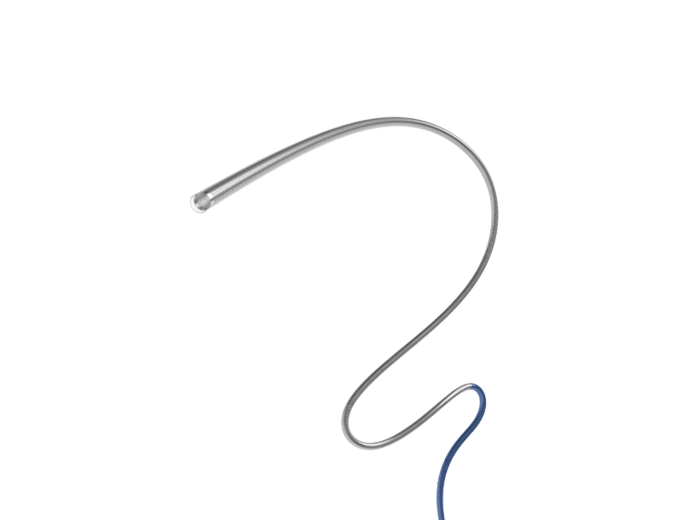the core of our corporate values
PTA Catheters in the Management of Carotid Artery Stenosis
Medical innovation continues to push the boundaries, and one such breakthrough is in the treatment of carotid artery stenosis using percutaneous transluminal angioplasty (PTA) catheters. Carotid artery stenosis, a condition characterised by narrowing of the carotid arteries, is a significant risk factor for stroke. In this blog, we explore how PTA catheters are breaking barriers in the treatment of carotid artery stenosis, offering new hope and improved outcomes for patients.
Understanding Carotid Artery Stenosis
Carotid artery stenosis occurs when fatty deposits, known as plaques, build up within the carotid arteries, restricting blood flow to the brain. This condition poses a serious threat as it increases the risk of stroke, a leading cause of disability and mortality worldwide. Traditionally, surgical interventions such as carotid endarterectomy have been the primary approach, but PTA catheters are reshaping the landscape of treatment options.
The Role of PTA Catheters
Percutaneous Transluminal Angioplasty, facilitated by specialized PTA catheters, involves the insertion of a catheter into the narrowed carotid artery. Once in place, the catheter inflates a small balloon, which compresses the plaque against the arterial walls, widening the vessel and restoring blood flow. This minimally invasive procedure offers a compelling alternative to traditional surgical methods, especially for patients who are considered high risk for open surgery.
Advantages and Breakthroughs
Minimally Invasive Nature
PTA catheters provide a less invasive option compared to surgery. This means smaller incisions, reduced recovery times, and potentially fewer complications for patients undergoing the procedure.
Precision in Treatment
The use of PTA catheters allows for precise targeting of the affected area. Physicians can navigate the catheter to the site of stenosis with accuracy, ensuring effective plaque removal and optimal results.
Reduced Risk for High-Risk Patients
Patients who may be considered high-risk for traditional surgery, such as the elderly or those with multiple comorbidities, can benefit from the minimally invasive nature of PTA catheter procedures, expanding the pool of individuals eligible for treatment.
Future Perspectives
As technology continues to advance, PTA catheters are likely to play an even more important role in the treatment of carotid artery stenosis. Ongoing research is aimed at improving the accuracy and safety of these procedures to ensure that patients receive the most effective and least invasive treatments available.
In conclusion, the use of PTA catheters in the management of carotid artery stenosis represents a significant leap forward in the field of vascular intervention. By breaking barriers associated with traditional surgical methods, PTA catheters are not only improving patient outcomes but also offering hope to individuals who may have otherwise faced limited treatment options. The journey towards conquering carotid artery stenosis has indeed entered a new era of innovation and patient-centred care.










